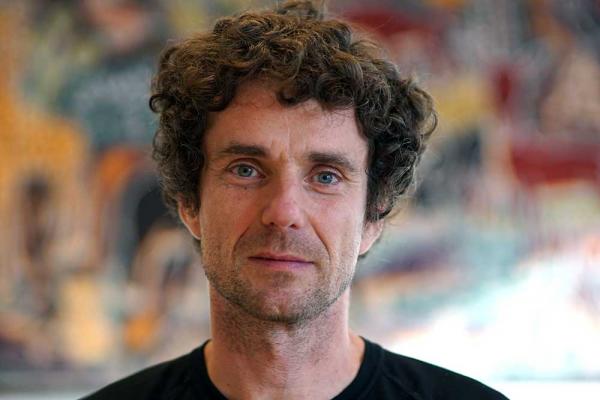Into the forest
Forests cover around 30 % of the Earth’s surface, are home to millions of species, capture and store carbon dioxide (CO2), influence the local climate and provide us with water. This month, Horizon examines how the health of the world’s forests impacts on climate change. We explore the link between deforestation, forest degradation and CO2 emissions, examine the push to combine farming and forestry for better land management, and find out how scientists are using tree rings and DNA to combat illegal logging.
It seems common sense that planting more trees should help remove carbon dioxide (CO2) from the atmosphere and thereby cool the planet. But, controversially, examining forestry practices in Europe since 1750, the DOFOCO project found that it didn’t actually make much of a difference to climate change.
While it seems common sense that planting more trees should help remove carbon dioxide (CO2) from the atmosphere and thereby cool the planet, Europe's forest management strategies have actually not helped to fight climate change, according to Professor Sebastiaan Luyssaert, from Vrije Universiteit Amsterdam, The Netherlands.
Climate change is threatening Europe’s coffee supplies, but the impacts could be diluted by planting the crops amongst trees - a technique known as agroforestry, which is also being revived in European farming.
The world is losing its trees, but at what cost? Better estimates of deforestation and degradation could shed light on the amount of CO2 emitted, refine climate models and help developing countries better manage their forests.
Analysing regional differences in the DNA of wood and has allowed scientists to determine the location of the original tree within 15km, and the work could help fight the billion-euro trade in illegal timber.
Bi-weekly news alert
The best Horizon stories, delivered to your inbox
Subscribe now






